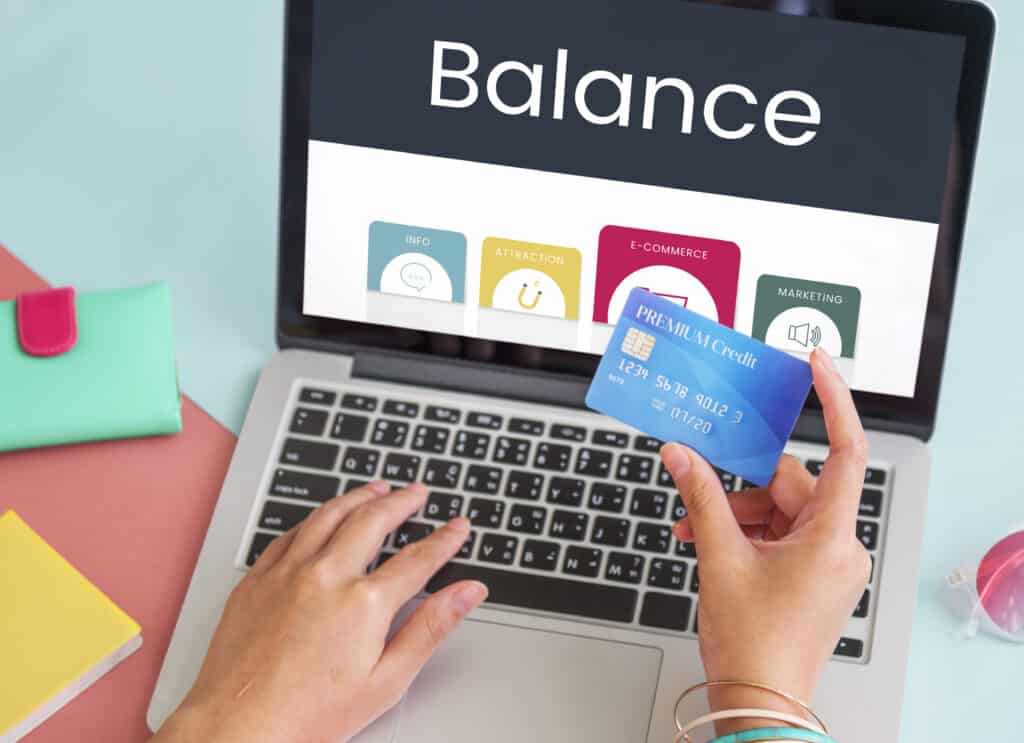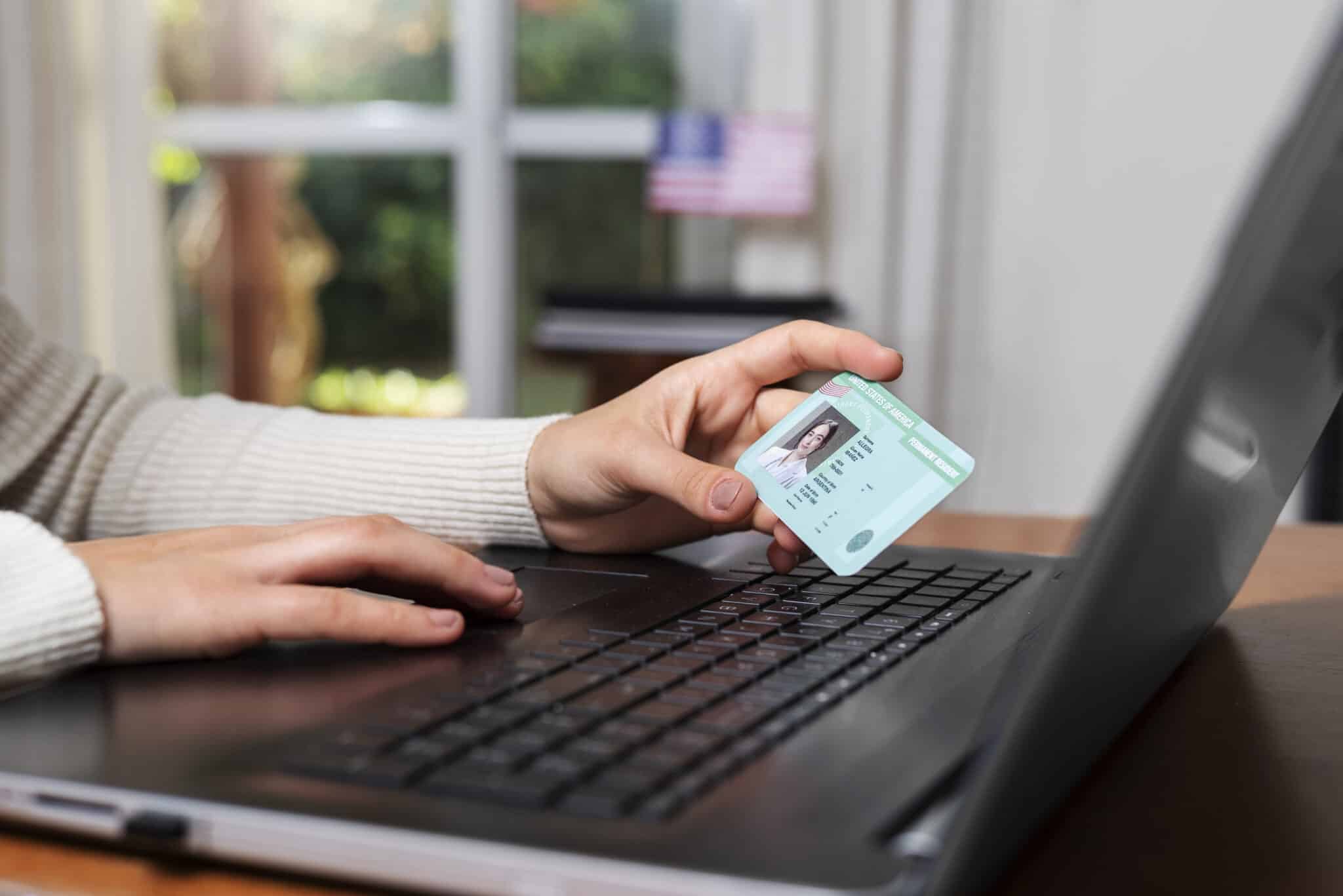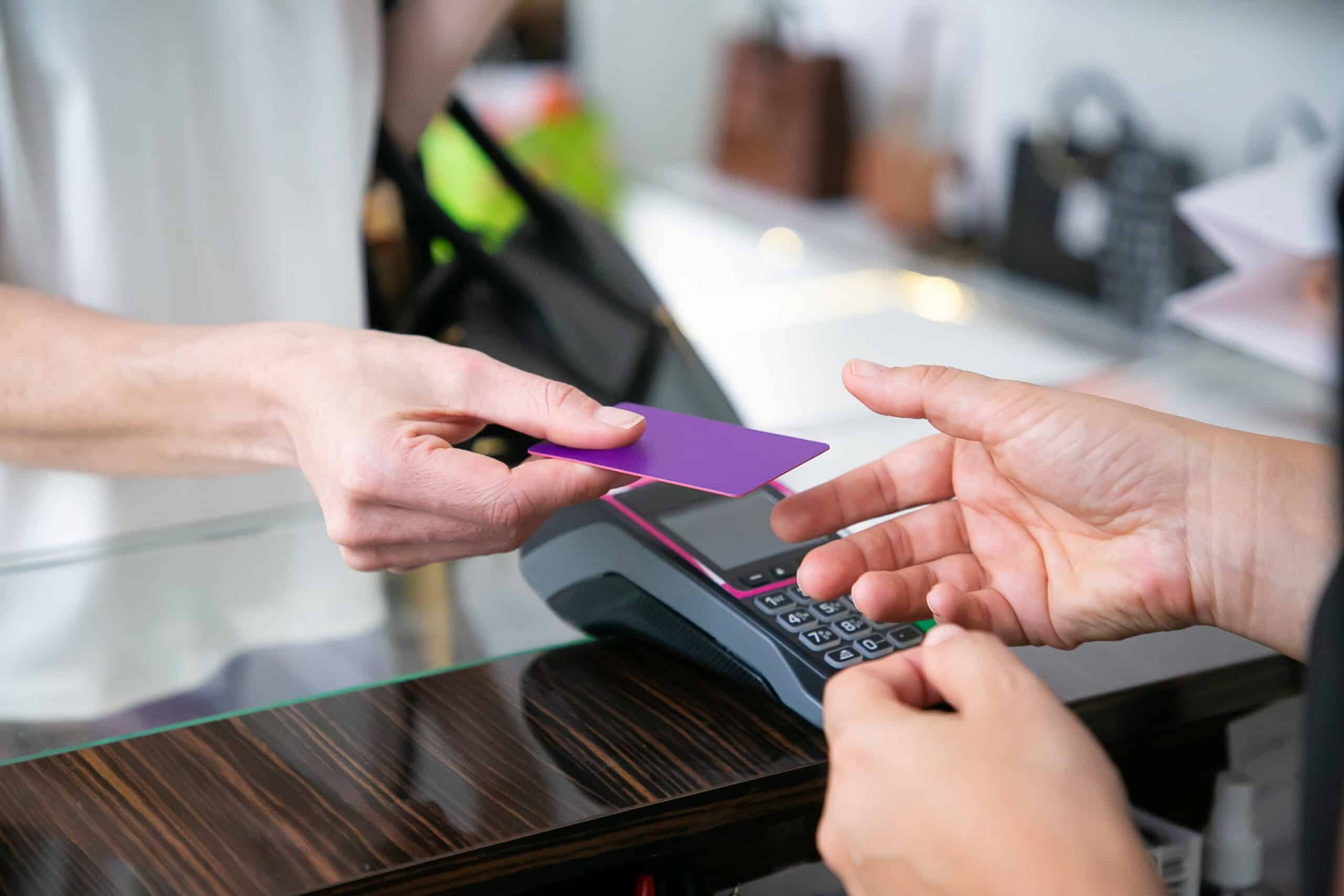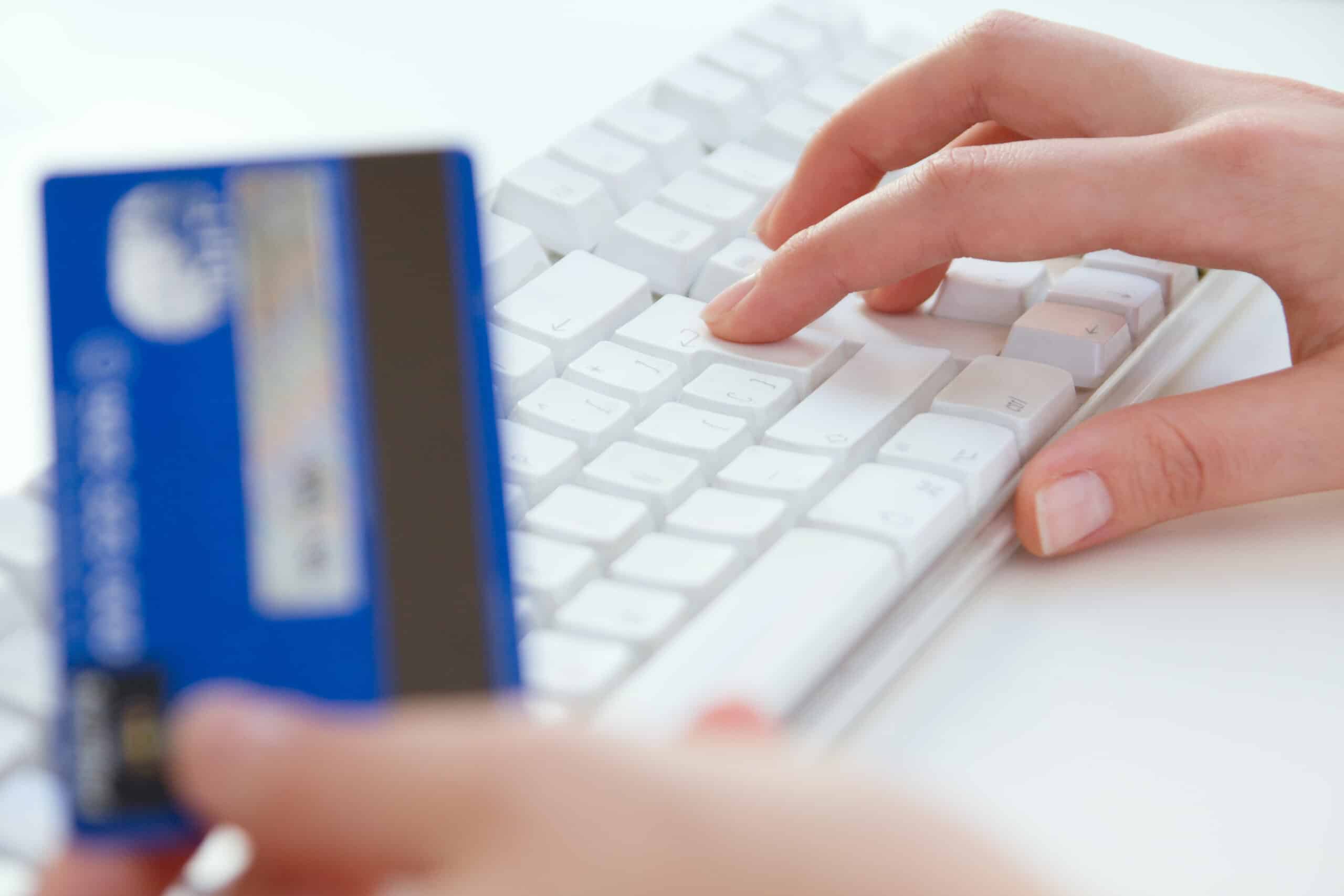Enhance Your Payment Security With Bank Identification Number Checker

Have you ever considered the significance of a Bank Identification Number (BIN) and its potential to bolster your payment security? The exploration of BIN encompasses its functionality, highlighting the valuable insights it offers. A BIN checker, integral for businesses, aids in card validity verification and the prevention of fraudulent activities. Understanding the various types of BIN checkers available, payment security with BIN and selecting the most suitable one for your business is crucial.
What Is a Bank Identification Number (BIN)?
Bank Identification Number (BIN) is a unique series of numbers that identifies the issuing bank of a payment card. It provides valuable information about the card and helps in processing online transactions securely.
The BIN typically consists of the first 6 digits on a credit or debit card. These digits are crucial in determining the type of card, the location of the issuing bank, and other pertinent details. Additionally, in e-commerce, BIN plays a vital role in fraud prevention by allowing merchants to verify the legitimacy of transactions.
By cross-referencing the BIN with a database of known BINs, merchants can detect any suspicious activity or potential fraud before completing a transaction, thereby ensuring a safe and secure online shopping experience for both consumers and businesses.
How Does a Bank Identification Number (BIN) Work?
Bank Identification Number (BIN) functions by identifying the card issuer, bank, card brand, and other crucial details to support secure online transactions. It serves as a fundamental element in verifying payment card details.
When you make an online purchase, the BIN plays a pivotal role behind the scenes. Upon entering the card information, the BIN is utilized to identify the issuing bank and the country of origin. This data is essential for validating the transaction and ensuring its legitimacy.
By comparing the BIN with the cardholder’s details, merchants can identify any irregularities or suspicious behaviors, enabling the prompt implementation of fraud prevention measures. Additionally, BINs are also beneficial in classifying transactions, streamlining payment processing, and improving the overall security of e-commerce platforms.
What Information Can Be Obtained from a Bank Identification Number (BIN)?
A Bank Identification Number (BIN) offers detailed information such as the bank name, country, card brand, issuing bank, card type, card level, and card category.
This extensive set of information obtained from a BIN can prove to be invaluable for a range of financial procedures. By identifying the issuing bank, you can efficiently track transactions and maintain relationships with partner banks. Understanding the card brand and type enables you to tailor specific marketing strategies for different customer segments. Additionally, the card level and category details from the BIN play a crucial role in establishing appropriate spending limits and verifying transaction authenticity. Leveraging BIN data supports businesses in improving risk management practices, ensuring regulatory compliance, and effectively preventing fraudulent activities.
Bank Name and Country
The Bank Name and Country information obtained from a Bank Identification Number (BIN) can provide valuable insights into the financial institution’s identity and the country of card issuance.
Understanding this data is essential for financial institutions to adhere to regulatory requirements and anti-money laundering protocols. It plays a crucial role in verifying cardholder details and ensuring the legitimacy of transactions.
By identifying suspicious activities or unusual transactions associated with a particular bank or country, businesses can strengthen security procedures and safeguard both their own interests and those of their customers. Demonstrating a rigorous verification process can instill confidence in customers and help mitigate the risks associated with fraudulent activities.
Card Type
The Card Type information obtained from a Bank Identification Number (BIN) reveals whether the card is a credit card, debit card, prepaid card, or a different specific type, enhancing payment security. Understanding the card type through BIN data is critical to ensure secure transactions and prevent fraudulent activities.
By determining whether a card is a credit, debit, or prepaid card, businesses can establish appropriate security protocols tailored to each type, thereby lowering the risk of unauthorized transactions. This information also plays a crucial role in adhering to payment security standards like PCI DSS, as it enables businesses to verify the card type used in a transaction, ensuring compliance with industry regulations and safeguarding sensitive customer data.
Card Brand
The data obtained from a Bank Identification Number (BIN) provides insights into the card brand associated with the payment network, helping with fraud prevention and identity verification.
This information is essential for securing online transactions as it allows merchants to verify the card’s authenticity and validity before processing payments. By identifying the card brand, businesses can implement customized security protocols to defend against unauthorized transactions and potential chargebacks. Access to precise BIN data strengthens e-commerce security by enabling merchants to promptly identify and block suspicious activities, reducing risks and ensuring customers have a safe shopping environment.
Issuing Bank
Obtain the details of the Issuing Bank from a Bank Identification Number (BIN) to identify the financial institution that issued the card. This information is vital for risk management and implementing data encryption measures.
Understanding the Issuing Bank’s details is crucial for verifying transactions in both online and offline purchases. It enables merchants to accurately assess transaction risks, distinguishing between legitimate and potentially fraudulent transactions.
Moreover, recognizing the issuing bank is essential for secure authentication and preventing unauthorized access. By aligning security protocols with the characteristics of the issuing bank, businesses can enhance compliance with cybersecurity measures and establish a strong defense against cyber threats.
Card Level
Analyzing the Bank Identification Number (BIN) can provide valuable insight into the card level, such as classic, gold, or platinum, which is essential for identity verification and meeting compliance requirements.
By utilizing the BIN data to identify the card level, businesses can improve their security protocols and mitigate the risks associated with fraud. This data not only assists in confirming the cardholder’s identity but also ensures adherence to industry regulations and standards.
Understanding the card level through the BIN is vital for securing financial transactions and preventing unauthorized access or fraudulent behaviors. It plays a critical role in establishing a robust authentication process for online purchases and other forms of payment transactions.
Card Category
The Card Category data extracted from a Bank Identification Number (BIN) categorizes the card (e.g., business, personal), contributing to e-commerce protection and secure online purchases. This categorization is crucial in implementing robust security measures by identifying the type of card being used in a transaction.
By distinguishing between business and personal cards, e-commerce platforms can customize their security protocols to ensure that sensitive information is protected during the checkout process. Understanding the card category also assists in fraud detection and prevention strategies, enabling merchants to identify suspicious activities and safeguard both themselves and their customers from potential financial risks.
Leveraging BIN data for card categorization enhances the overall security framework of online transactions.
Why Is Bank Identification Number (BIN) Checker Important for Payment Security?
Utilizing a Bank Identification Number (BIN) Checker is essential for payment security as it plays a crucial role in verifying card validity, detecting fraudulent activities, and preventing online fraud, thereby ensuring secure transactions.
When businesses make use of a BIN Checker, they can precisely authenticate card ownership and verify the legitimacy of transactions. This tool serves as a protective barrier against potential risks by cross-referencing card details with issuing bank information, promptly identifying any discrepancies or inconsistencies that may suggest a fraudulent action. The continuous monitoring of transactions through the BIN Checker enables swift detection and response to any suspicious activities, effectively safeguarding both merchants and customers against financial losses and reputational harm.
How Can You Use Bank Identification Number (BIN) Checker to Enhance Your Payment Security?
You can enhance your payment security by leveraging a Bank Identification Number (BIN) Checker. This tool allows you to verify card validity, identify suspicious transactions, prevent chargebacks, and protect against fraudulent activities.
By incorporating a BIN Checker into your payment processing system, you can streamline the authentication process. This ensures that each transaction is legitimate and reduces the risk of unauthorized activities. Regularly monitoring transactions through the BIN Checker enables you to promptly detect any anomalies or irregularities. Additionally, this proactive approach enables swift action to prevent potential fraudulent attempts. It plays a crucial role in safeguarding your business from cyber threats and maintaining the trust of your customers in sensitive payment transactions.
What Are the Different Types of Bank Identification Number (BIN) Checker?
Various types of Bank Identification Number (BIN) Checkers are available, including Online BIN Checker, API BIN Checker, Mobile BIN Checker, and Offline BIN Checker, each providing distinct functionalities for fraud detection and payment security.
An Online BIN Checker is a web-based tool that enables merchants to swiftly authenticate customer payment cards, aiding in the reduction of chargebacks and unauthorized transactions.
API BIN Checkers provide integration capabilities with current systems, allowing for real-time evaluation of BIN data to promptly identify suspicious activities.
Mobile BIN Checkers are convenient applications designed for smartphones, offering on-the-go BIN validation for e-commerce businesses and point-of-sale retailers.
Offline BIN Checkers are software solutions that operate locally without requiring an internet connection, delivering an additional layer of security and compliance monitoring.
Online BIN Checker
An Online BIN Checker is a tool that you can use for real-time account validation to ensure secure transactions and protect against cyber attacks.
It plays a vital role in confirming the legitimacy of payment methods, particularly during online transaction processing. By cross-referencing the Bank Identification Numbers (BINs), this tool assists in uncovering potential risks and identifying fraudulent activities.
Online BIN Checkers improve the overall security of payment gateways by offering details about the issuing bank and country of the card. This information enables merchants to make well-informed decisions regarding transaction approvals. Taking this proactive approach not only reduces the likelihood of chargebacks but also strengthens customer confidence in the payment system’s dependability.
API BIN Checker
An API BIN Checker integrates with payment gateways and the financial industry, enhancing account security and ensuring compliance with industry standards. This integration plays a crucial role in streamlining payment processes by swiftly verifying the bank identification numbers (BINs) of cards utilized for transactions.
By cross-referencing BIN data with an extensive database, the API BIN Checker effectively authenticates transactions, thereby decreasing the likelihood of fraudulent activities. Additionally, this seamless integration strengthens account authentication mechanisms, providing a secure environment for both businesses and consumers.
Given the growing emphasis on data protection and compliance, utilizing an API BIN Checker has become imperative to maintain a competitive edge in the swiftly evolving payment landscape.
Mobile BIN Checker
Utilize a Mobile BIN Checker to enable secure payment methods on your mobile devices and ensure the protection of financial data during transactions. Additionally, this tool plays a crucial role in verifying the authenticity of payment cards by cross-referencing the Bank Identification Number (BIN) to validate transactions. By analyzing the first six digits of a card, it efficiently identifies the issuing bank, card type, and country of origin, thereby enhancing the accuracy of payment processing.
The Mobile BIN Checker serves as a proactive measure to mitigate the risk of fraudulent activities, safeguarding both consumers and businesses against unauthorized transactions and potential losses.
Offline BIN Checker
Utilizing an Offline BIN Checker provides an independent system separate from online platforms, enhancing security protocols to mitigate data breaches and uphold the integrity of banking transactions.
Through the verification of card information offline, this tool offers an additional security barrier against online fraudulent activities, lowering the potential for sensitive data compromise. The incorporation of an Offline BIN Checker assists institutions in adhering to regulatory requirements and compliance protocols by validating the legitimacy and authorization of transactions. Additionally, this proactive strategy serves to reduce the vulnerabilities linked to unauthorized transactions and bolsters the overarching security infrastructure of financial establishments.
How Can You Choose the Right Bank Identification Number (BIN) Checker for Your Business?
When selecting the appropriate Bank Identification Number (BIN) Checker for your business, you should consider various factors to enhance payment security and build customer trust. These factors include accuracy, reliability, a user-friendly interface, compatibility with your payment system, and customer support.
Accuracy is a critical factor to ensure that payment transactions are processed correctly and without errors. A user-friendly interface will make it easier for your team to navigate the system efficiently. It is essential that the BIN checker is compatible with your existing payment system to ensure a seamless integration without disruptions. Additionally, robust customer support is crucial as it can provide assistance when needed and ensure that any issues are promptly resolved. This contributes to a smooth payment process and helps your business maintain compliance with industry standards.
Accuracy and Reliability
Selecting a Bank Identification Number (BIN) Checker with high accuracy and reliability is crucial for effective payment fraud prevention and ensuring secure transactions.
By choosing a reliable BIN Checker, you can greatly decrease the chances of fraudulent activities, safeguard sensitive customer information, and streamline your payment verification processes.
Given the continuously changing realm of online transactions, having a dependable BIN Checker is fundamental in protecting financial transactions and reducing potential risks.
The capacity of a BIN Checker to promptly assess card data and compare it against extensive databases is instrumental in identifying suspicious activities and guaranteeing that payments are handled securely and effectively.
User-Friendly Interface
Opting for a Bank Identification Number (BIN) Checker with a user-friendly interface can enhance the security of your online purchases and contribute to robust cybersecurity measures.
A user-friendly interface in a BIN Checker simplifies the process of verifying BIN information, making it easier for you and your business to confirm the authenticity of debit and credit cards. This ease of use not only streamlines transactions, but also minimizes the risks of fraudulent activities.
By prioritizing a smooth and intuitive interface, you are more likely to confidently engage in online transactions, knowing that your sensitive payment details are being protected. Emphasizing user experience is crucial in building trust among your customers and ensuring the overall integrity of digital transactions.
Compatibility with Your Payment System
Ensuring the compatibility of a Bank Identification Number (BIN) Checker with your payment system is crucial for maintaining a secure transaction environment and preventing fraudulent charges.
By seamlessly integrating a BIN Checker into your payment system, you can verify the validity of a customer’s payment method in real-time. This verification process enhances security measures and enables immediate detection of any suspicious activities or invalid transactions. Additionally, a well-integrated BIN Checker not only adds an additional layer of protection against potential fraud but also streamlines the payment process, boosting customer trust and satisfaction.
Prioritizing this compatibility is essential to establish a robust defense mechanism against unauthorized payment attempts and safeguard sensitive financial information during online transactions.
Customer Support and Assistance
When selecting a Bank Identification Number (BIN) Checker, it is essential to choose a provider that offers reliable customer support and assistance. This is crucial for effectively leveraging fraud prevention tools and ensuring compliance with industry standards.
Strong customer support is integral to the functionality of a BIN Checker. It not only assists users in navigating the tool’s features for efficient fraud prevention but also ensures that they are equipped to meet the strict compliance requirements set by regulatory bodies.
By having a support team readily available to address any queries or issues, businesses can uphold secure payment processing procedures and reduce the risks associated with fraudulent activities. Additionally, responsive customer support can provide training and guidance on optimizing the benefits of a BIN Checker, ultimately enhancing its overall effectiveness in safeguarding transactions.
Security Measures and Compliance Standards
Implementing robust security measures and adhering to compliance standards are essential for financial institutions to safeguard customer information and prevent fraudulent activities. By ensuring data encryption, firewall protection, and access controls, you can create layers of defense against cyber threats.
Compliance with regulations such as KYC (Know Your Customer) and AML (Anti-Money Laundering) helps in detecting and preventing financial crimes. Upholding these standards not only safeguards the institution’s reputation but also fosters trust among customers who rely on financial institutions to keep their sensitive information secure.
Risk Management and Online Fraud Detection
Implementing effective risk management strategies and utilizing advanced online fraud detection mechanisms are critical for financial institutions to combat cyber threats and safeguard against fraudulent activities.
You must incorporate robust risk management practices to detect and prevent potential security breaches, thereby ensuring the integrity of your online payment systems. Additionally, by integrating sophisticated fraud detection tools, you can proactively identify suspicious transactions, authenticate users, and mitigate the risks associated with unauthorized access and data breaches.
These measures are essential for maintaining trust among customers, enhancing overall security, and protecting financial assets from malicious cyber activities.
Compliance Requirements and Data Protection
Ensuring compliance requirements are met and implementing strong data protection measures are crucial for maintaining account security and safeguarding sensitive customer information.
By adhering to these requirements, financial institutions can guarantee that they are abiding by the necessary guidelines established by regulatory bodies to protect both their customers and themselves. Additionally, data breaches and security incidents can result in significant consequences, including financial losses, reputation damage, and legal repercussions.
Upholding compliance standards and emphasizing data protection showcases a dedication to transparency and trustworthiness, essential for preserving customer trust and loyalty in the competitive financial industry landscape.
Fraud Prevention Strategies and Secure Transactions
Implementing effective fraud prevention strategies and ensuring secure transactions through a rigorous payment verification process are essential for safeguarding against fraudulent activities and enhancing payment security.
Strong fraud prevention measures and secure payment processes are crucial for protecting your business and customers from potential financial scams. Additionally, by integrating advanced verification techniques, such as two-factor authentication and biometric identification, you can substantially lower the risk of unauthorized transactions and identity theft. Additionally, educating your employees and customers on the significance of remaining alert and promptly reporting any suspicious activities is crucial for maintaining a secure financial environment.
Frequently Asked Questions
What is a Bank Identification Number (BIN) checker?
Merchants or systems utilize a Bank Identification Number (BIN) checker as a tool to verify the authenticity of credit and debit card numbers by matching them with the corresponding bank and card issuer information.
How does a BIN checker enhance payment security?
By using a BIN checker, merchants and financial institutions can quickly identify fraudulent payments and prevent them from being processed, thus reducing the risk of chargebacks and financial losses.
Is a BIN checker easy to use?
Yes, a BIN checker is typically user-friendly and can be accessed online or through a software integration. All you need to do is enter the first six digits of a card number to receive instant results.
What information can I get from a BIN checker?
A BIN checker can provide you with the bank name, country of origin, card type, and whether the card is a prepaid or credit card. Some BIN checkers may also offer additional information, such as the card’s expiration date and CVV code.
Is a BIN checker reliable?
Yes, a BIN checker is a reliable tool used by financial institutions, merchants, and payment processors to verify the validity of card numbers. However, it is not foolproof and should be used in conjunction with other security measures.
Can a BIN checker be used for international transactions?
Yes, a BIN checker can be used for both domestic and international transactions, as long as the card issuer is included in the reference data used by the checker. This makes it a valuable tool for businesses that conduct transactions with customers from different countries.



